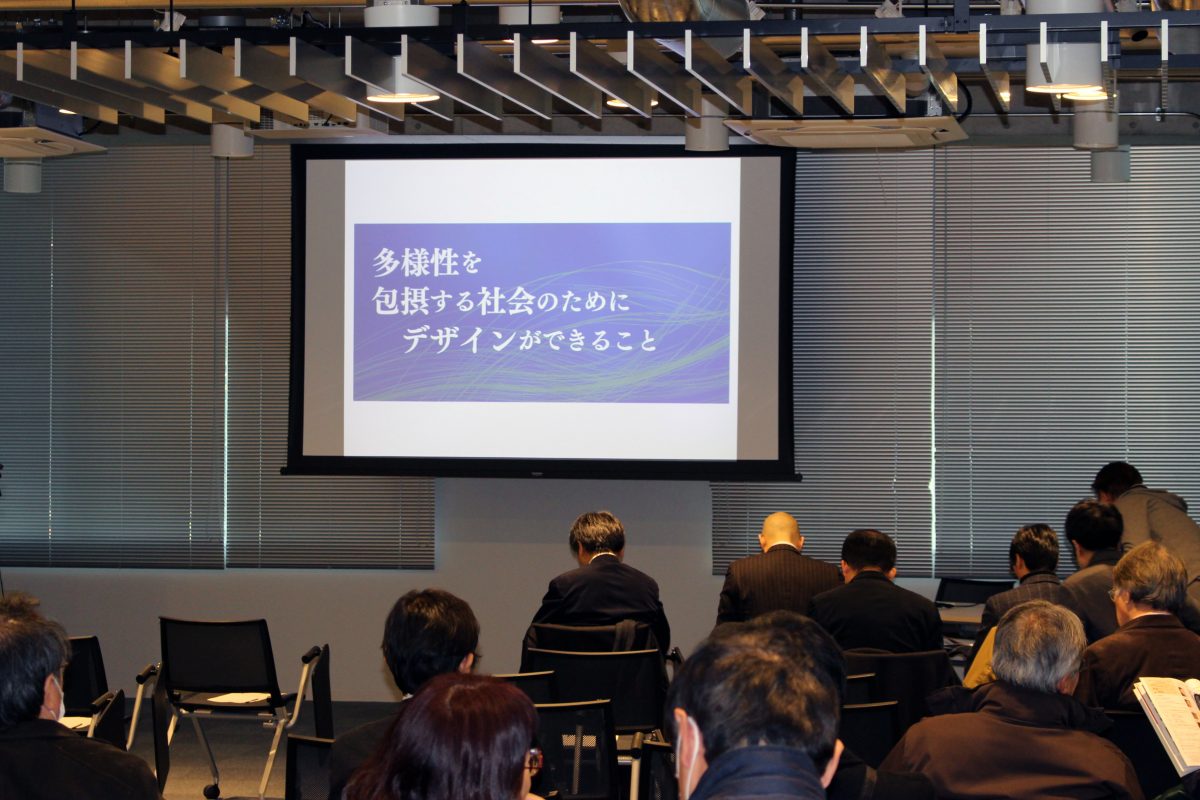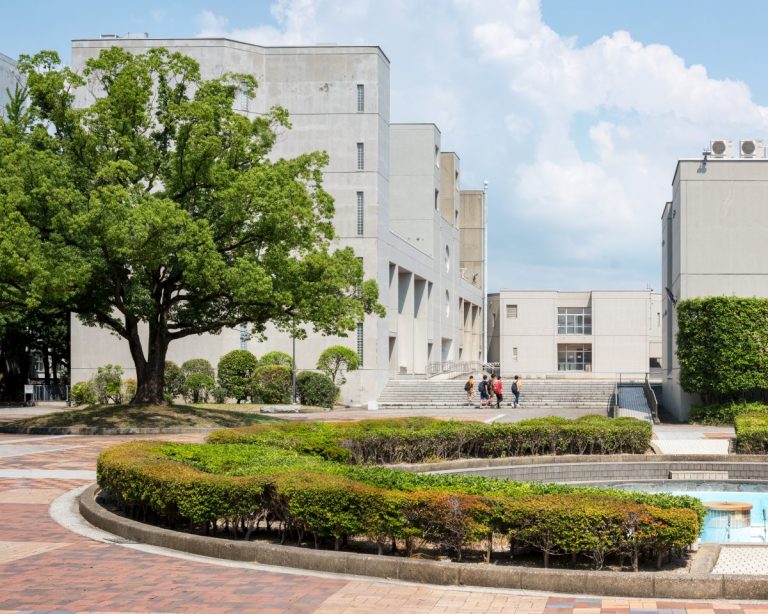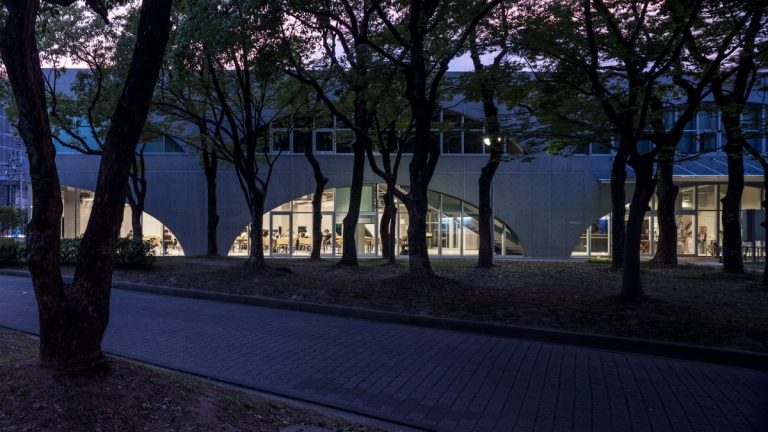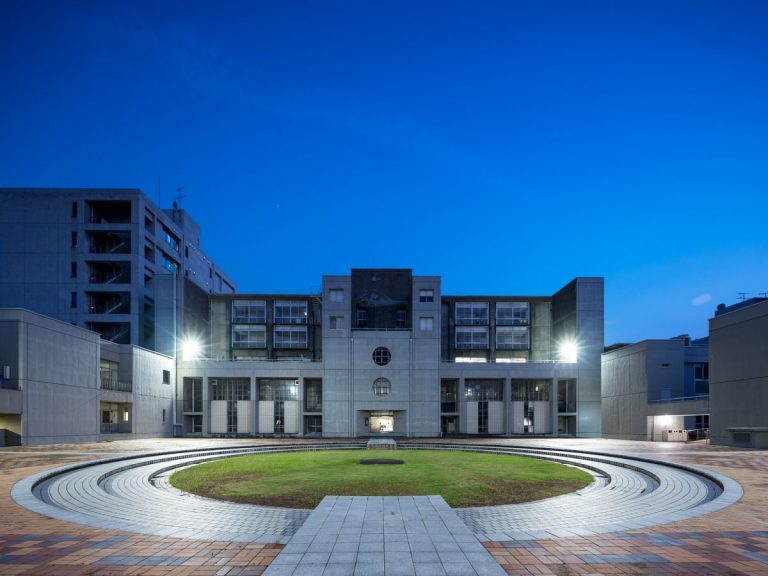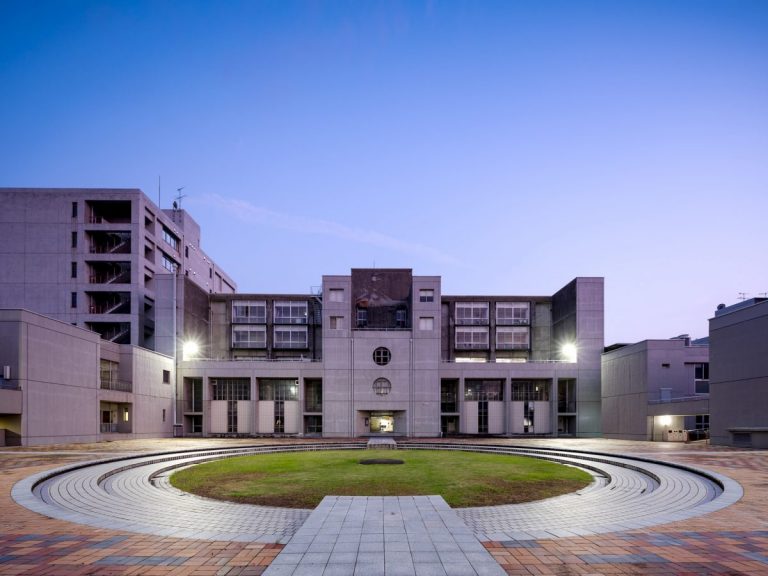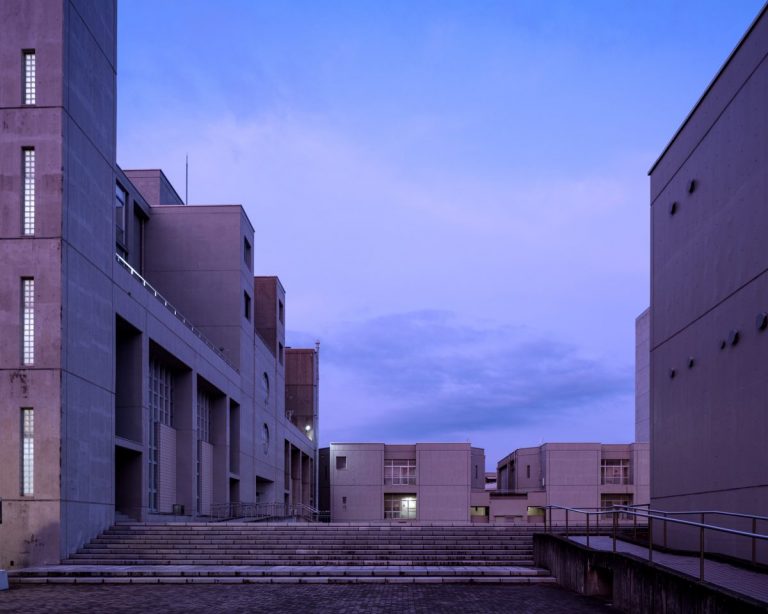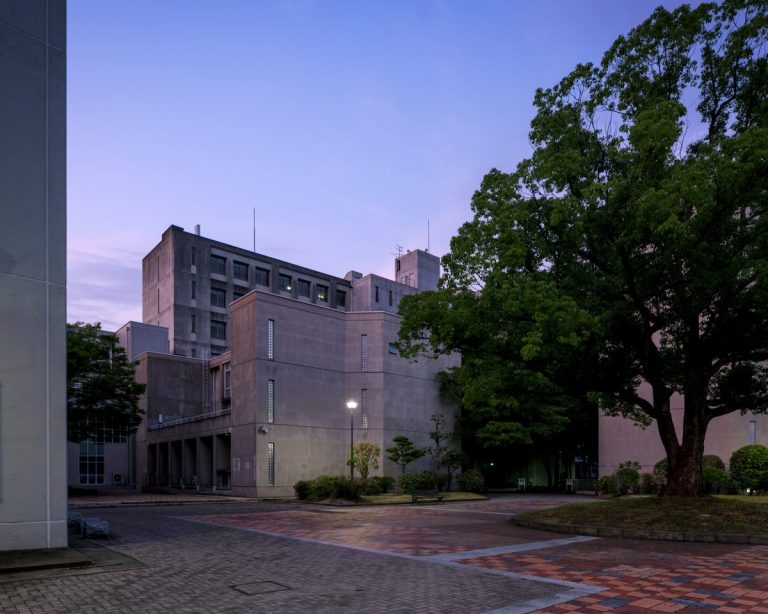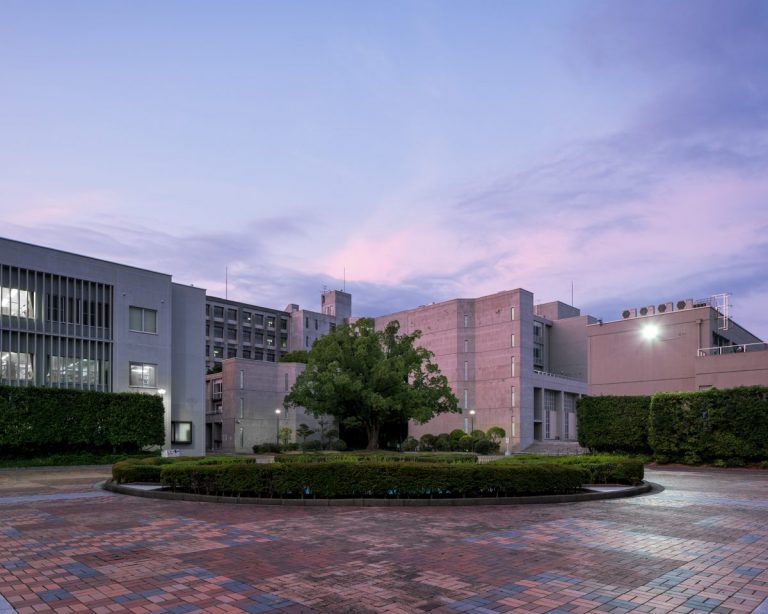Designing for a Society Inclusion Diversity ~Faculty of Design × Division of inclusion~
February 19th, 2020
From October 2019, Kyushu University Faculty of Design has been researching designs to create an inclusive society. This symposium was held as part of educational research activities and invited professors from Support Section for Inclusion of Kyushu University Center for Health Sciences and Counseling. A total of six university instructors, including instructors from the Faculty of Design, provided discussion points.
The goal of the symposium was to think about building systems that develop relationships that allow a variety of people to accept each other, building systems that can change people’s mindsets, through design, and consider what has been put into practice in the past and what challenges remain, to create a society that is diverse and inclusive.
First, there were introductions with many examples about Ito Campus’s barrier-free project, the Social Art Lab (SAL) project mainly conducted by the Faculty of Design, Laboratory of Ergonomics for all Ages and Abilities, adaptive sports research, and finally the current situation and challenges of the Support Section for Inclusion at the university. In the second half, all speakers participated in a discussion to talk about their ideas to solve the issues. Below, we introduce a part of the discussion part.
Wisdom for Problem Solving “The Key to Dissolve Psychological Barriers” (summary of the discussion part)
Nakamura: When challenges are addressed to eliminate social barriers in a university environment, what kinds of things do you think are difficult to actualize?
Yokota: There are some barriers for a variety of needs for a variety of people. One example is the information barrier. When you have a visual impairment, it is extremely difficult to pick up necessary information from a sea of miscellaneous information. There are also physical barriers like persons on wheelchairs getting restrained in terms of movement because he/she cannot use the umbrella or get the items he/she is carrying wet.
Tanaka: For example, if a female student wants to apply for a scholarship, but the scholarship is limited to male students, that would be a systematic barrier. I think the “psychological barriers” that support the foundations of information, physicality, and systems are very significant.
Nakamura: I think everyone is working with people with disabilities. What kind of things do you think are psychological barriers, and what do you think are needed to get over the difficulty of overcoming it and getting over the barriers?
Ukai: Persons with intellectual disabilities who participate in the Dandan BOX Project don’t actually encounter any barriers, and they participate naturally. When I saw with my own eyes that the paintings they drew were truly amazing and moving, and when I lost my emotion similar to sympathy, I realized that it was us that had psychological barriers.
Muraki: In classes, students conduct simulated experiences, but it is hard to get to the psychological level. When you think about a diverse society, there are people with many kinds of characteristics in the world. For such cases, just dealing with the physical part is insufficient, and I want them to look at the world from a wider perspective, so I want to improve that a little more.
Nagatsu: In either art or design, I think it is important how they can make people realize something. I think the thing we are trying to do at SAL is how to create a system that makes people realize their psychological barriers and other things.
Hano: When I interacted with student peer supports at the campus barrier-free consideration workshop, I was surprised. Regardless of whether they had disabilities or not, they were interacting with each other naturally like friends. When they live faced with many things in life and share the time together, I think what Professor Nagatsu referred to as the “realization” is born, and that kind of relationship can be developed.
Nakamura: I think one big reason might be their generation. I feel that young people are more flexible.
Tanaka: Special Needs Education started around when current university students were in primary school. That was when students started to be closer to kids with developmental disorders. Focusing on the systematic barrier that was mentioned earlier, we must think diversely and consider creating a system and think about whose conceptions to change and how.
Nakamura: There might be many approaches for each of the persons. Those in power would be the ones to change systematic designs, but I think young people can make proposals. It would be good if there were opportunities to pick up their ideas.
After this discussion, there was a heated debate over various ideas on how to solve these challenges, specific challenges, and how the university should be. On the day of the symposium, over 50 participants from inside and outside the university participated, and the event was a success. We hope that this opportunity deepens the collaboration between the Faculty of Design and the Support Section for Inclusion so that they can work on solving the issues together.
Designing for a Society Inclusion Diversity
Speech|Tani Masakazu(Dean of the Faculty of Design/Professor)
Overview|Nakamura Mia(Faculty of Design Associate Professor)
Topics|
“Ito Campus Accessibility Project”
Hano Satoshi (Center for Health Sciences and Counseling Research Assistant Professor)
Ukai Tetsuya (Faculty of Design Associate Professor)
“Social Art Lab Project”
Nagatsu Yuichiro (Faculty of Design Assistant Professor)
“Welfare Ergonomics/An Approach from Adaptive Sports”
Muraki Satoshi (Faculty of Design Professor)
“Current Status of the Division of inclusion and Challenges Ahead)
Tanaka Mari (Center for Health Sciences and Counselingr Professor)
Yokota Susumu (Center for Health Sciences and Counseling Associate Professor)
Discussion|
・Finding the Problem
・Searching for a Solution
・Possibilities for Cooperation, etc.
Speech|Omoto Akira (Vice-dean of the Faculty of Design/Professor)
Emcee|Nakamura Mia (Faculty of Design Associate Professor), Ogata Yoshito (Faculty of Design Associate Professor)
Social (Afterwards, Design Common 1F)
[Organizer]Kyushu University Faculty of Design
[Joint Sponsorship]Kyushu University Center for Health Sciences and Counseling, Division of inclusion
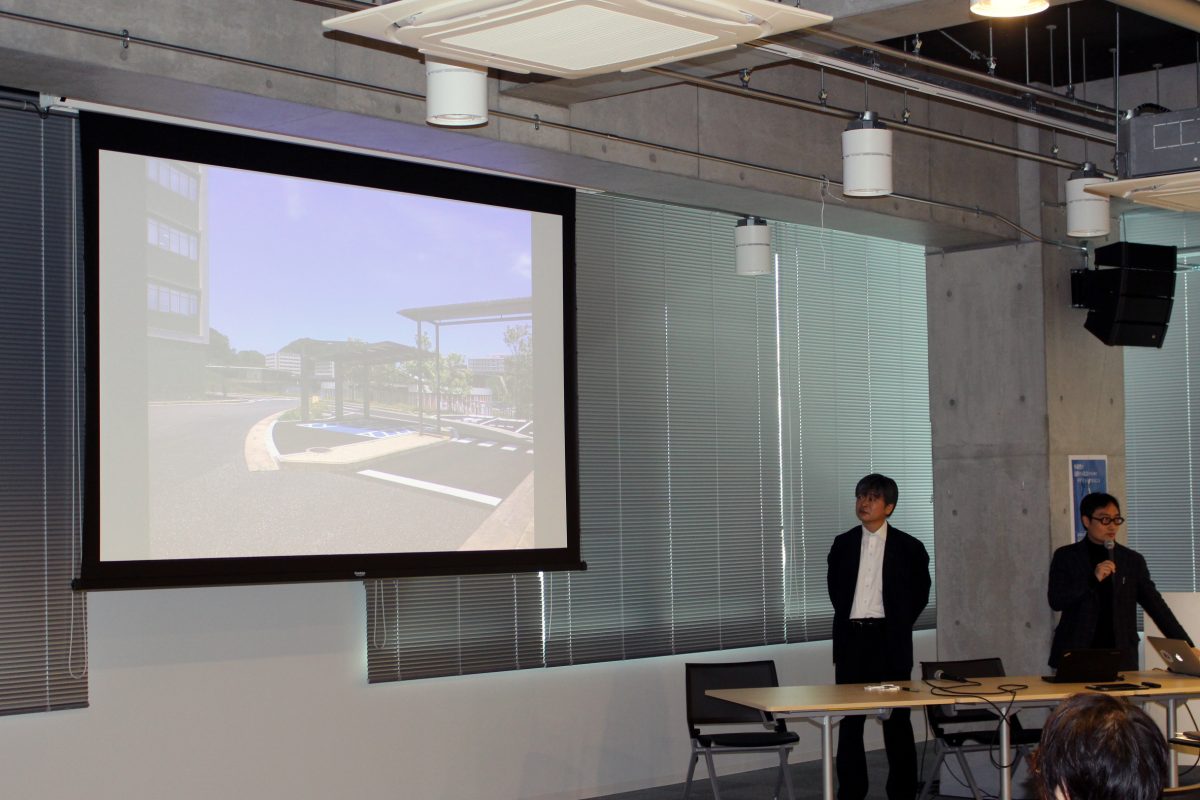
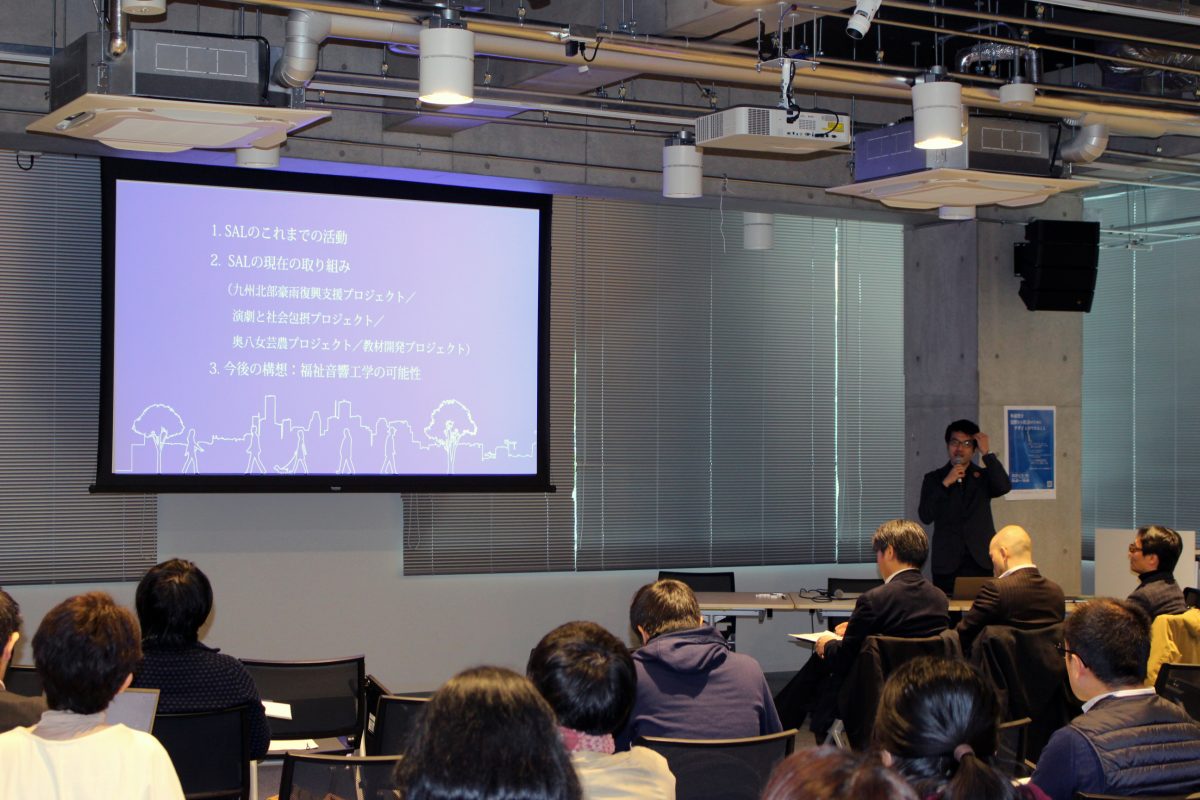
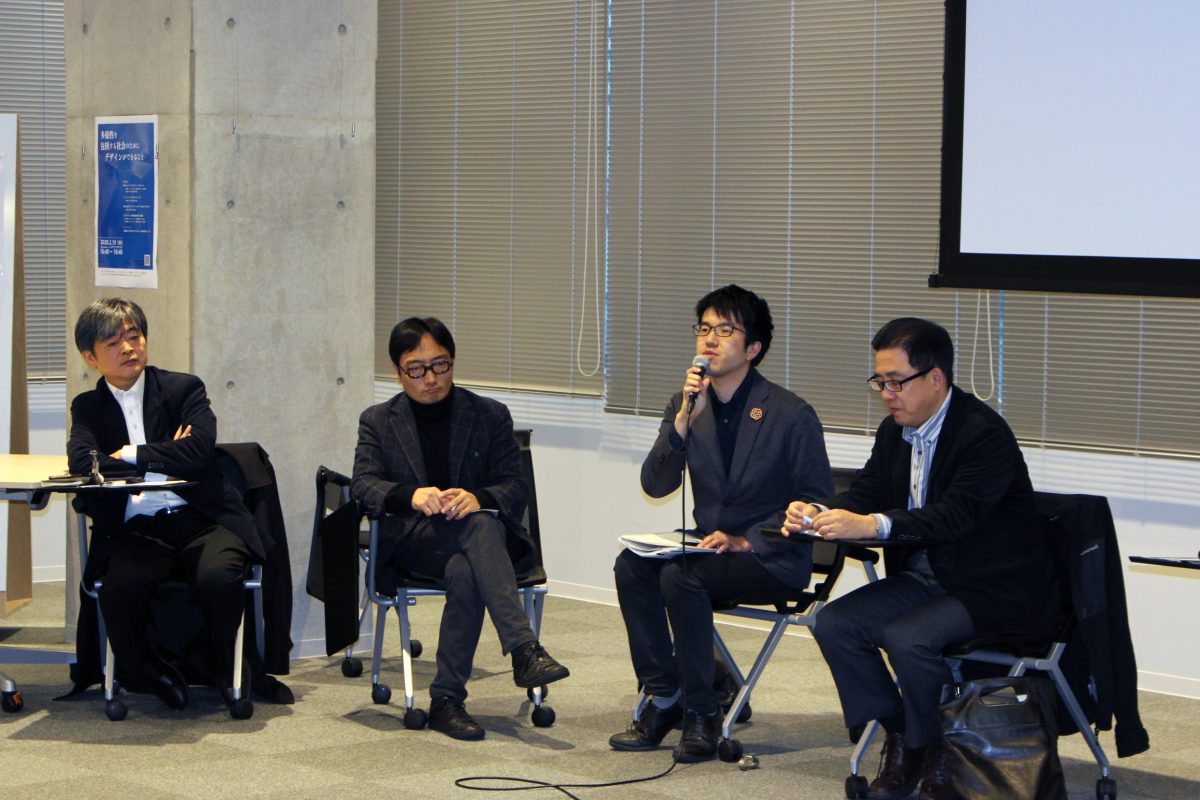
Date
February 19th, 2020: 16:40p.m.-18:40p.m.
Venue
Design Common 2F, Kyushu University Ohashi Campus
4-9-1 Shiobaru Minami-ku Fukuoka Japan
Contact
Kyushu University Faculty of Design, Academic Affairs Section, Administrative Office Student Affairs Division
gkgkyomu(a)jimu.kyushu-u.ac.jp
-
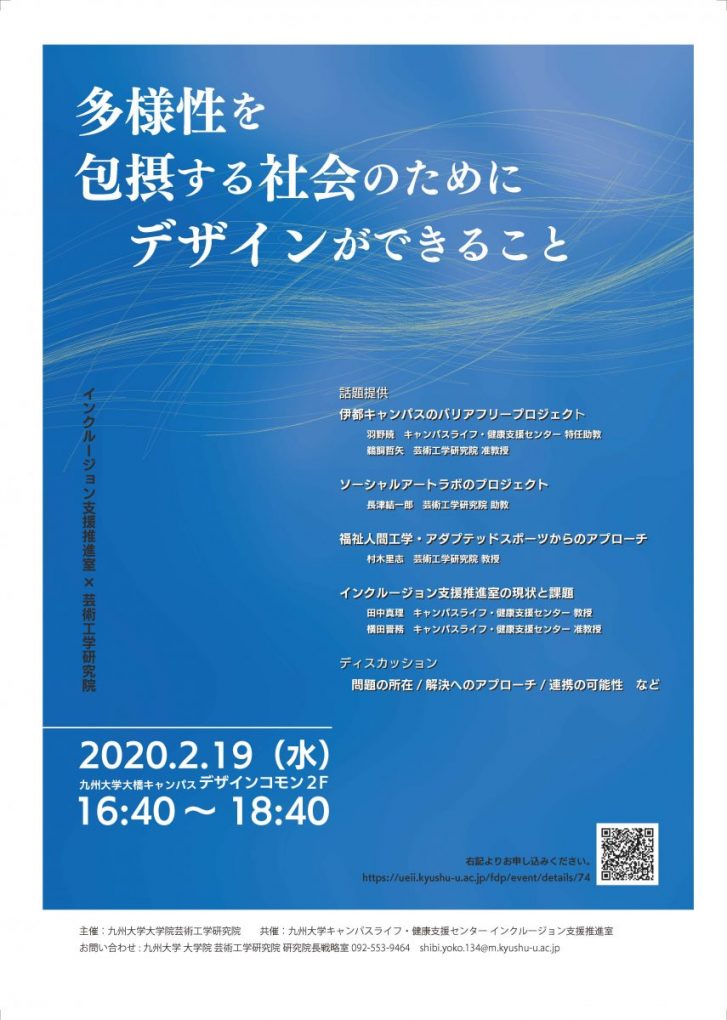 Flyer
閉じる
Flyer
閉じる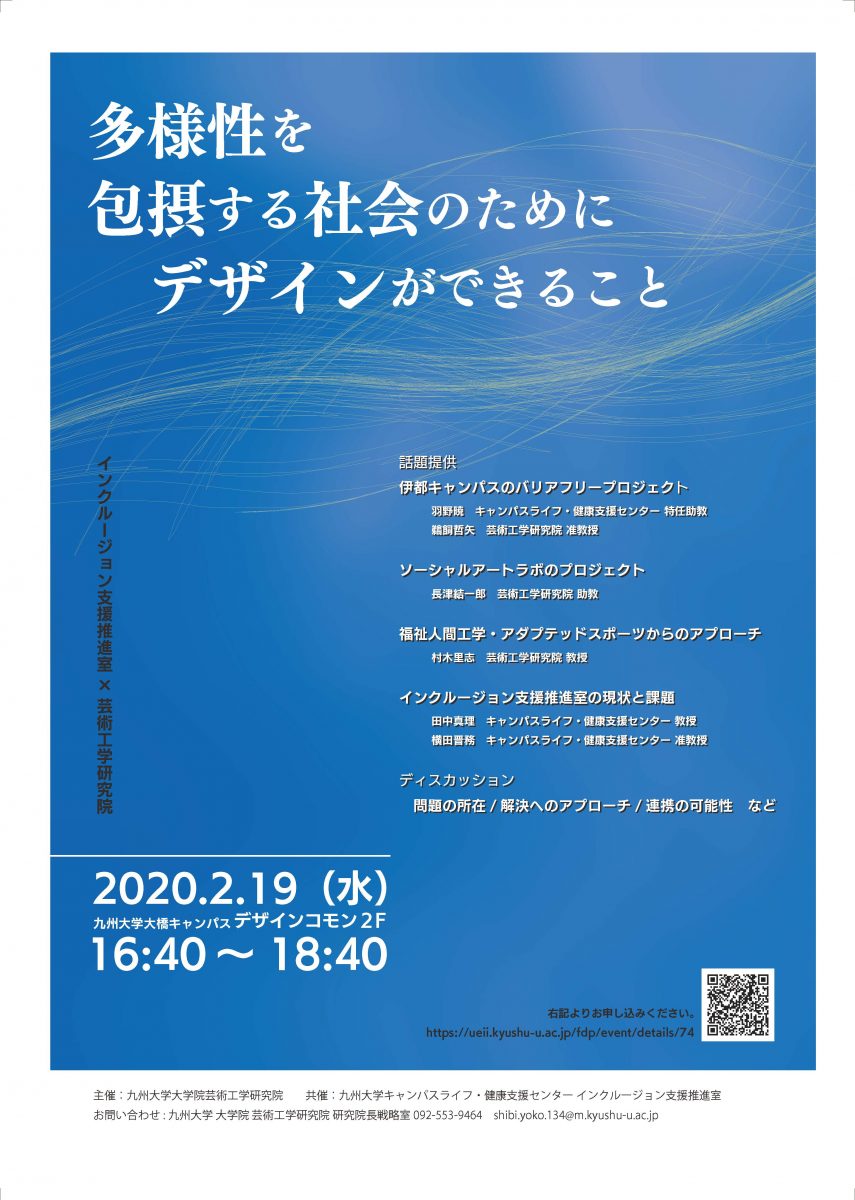
Flyer -
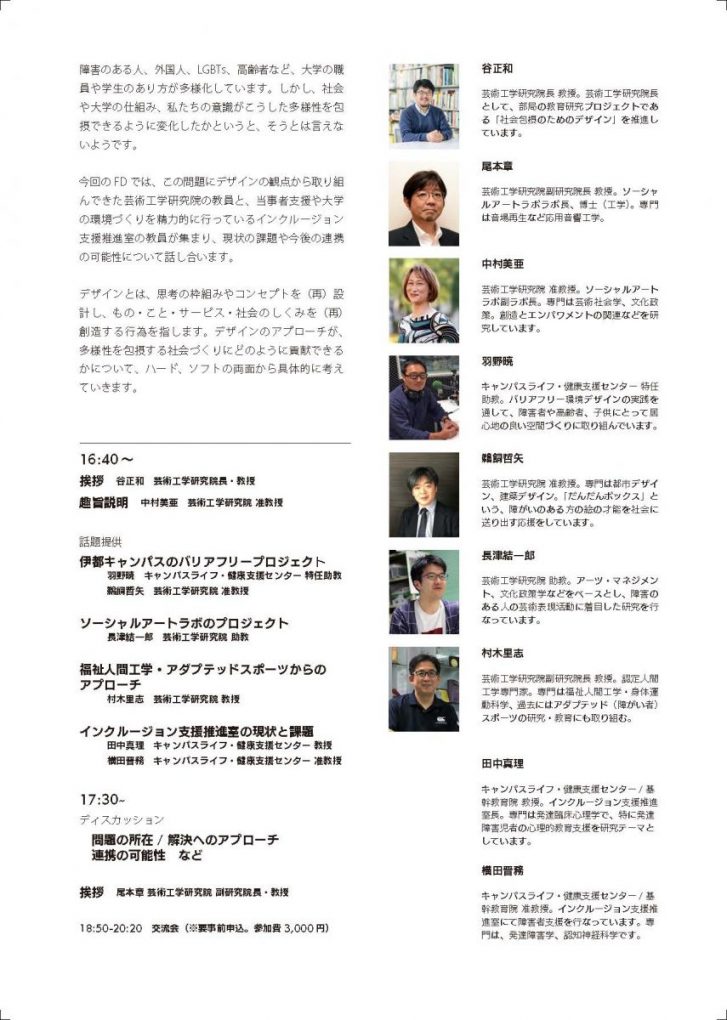 Flyer back
閉じる
Flyer back
閉じる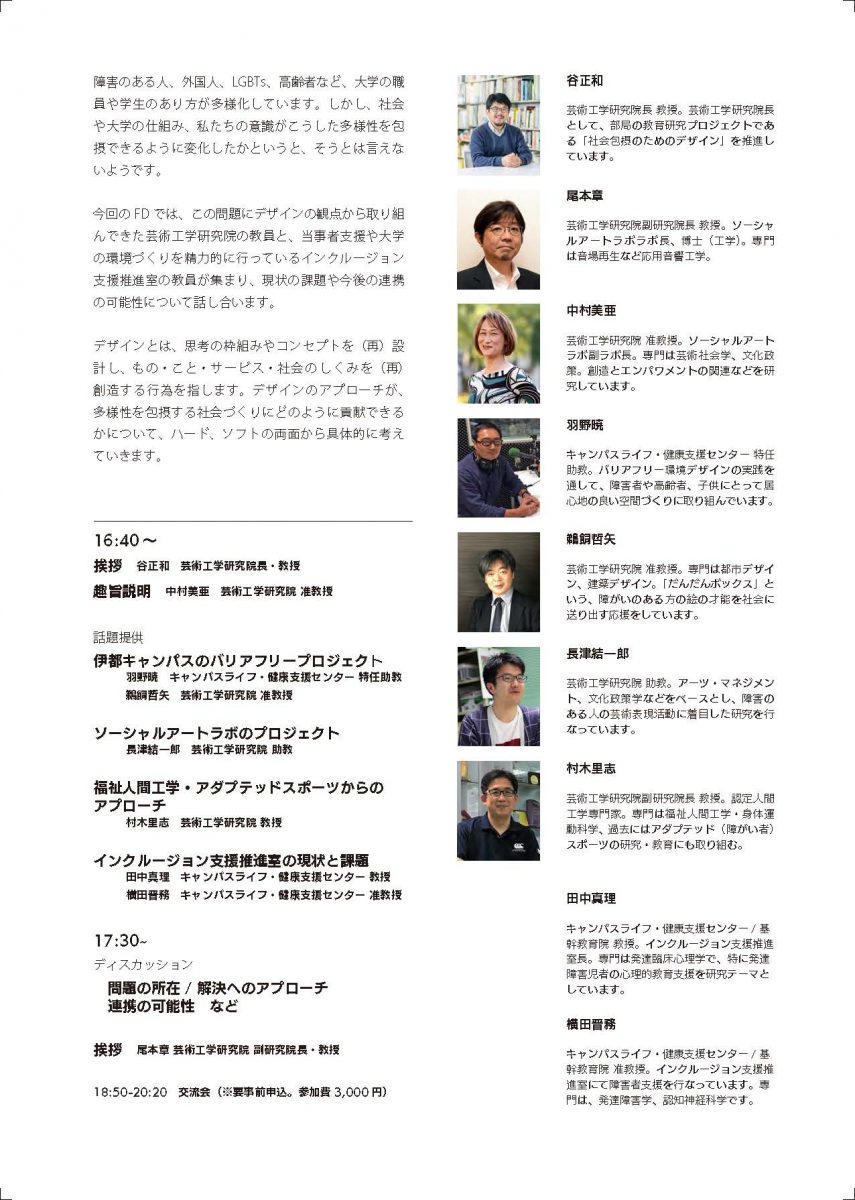
Flyer back
![九州大学イノベーションデザインネクスト[KID NEXT]](https://www.kidnext.design.kyushu-u.ac.jp/wp-content/themes/kidnext/img/logo_header.png)
